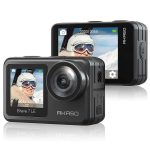Introduction
The world of virtual reality (VR) continues to expand, bringing immersive experiences into homes worldwide. Among the most exciting advancements is the VR headset for kids, designed specifically to cater to younger audiences while ensuring safety and education. Unlike traditional gaming consoles or screen-based entertainment, VR headsets allow children to step into vibrant digital worlds where they can explore, learn, and play interactively.
This article explores how these devices offer more than just entertainment by fostering creativity, enhancing learning, and promoting safe usage. Let’s dive into what makes VR headsets an excellent choice for kids.
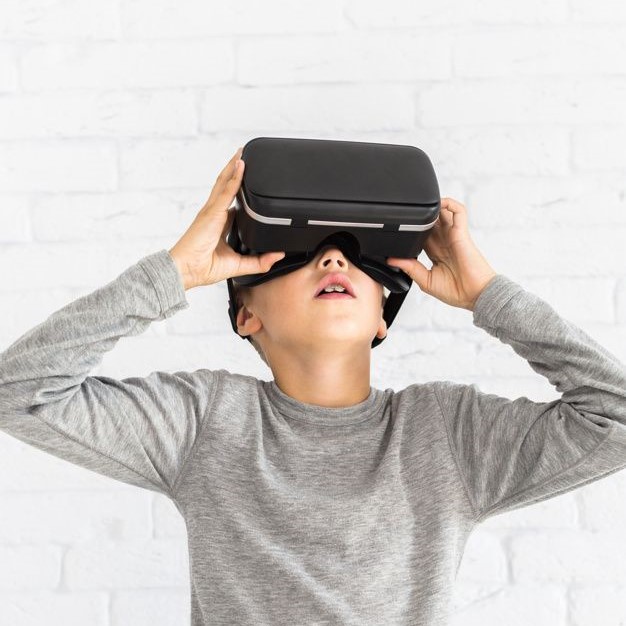
Understanding the Appeal
There are several reasons why VR headsets for kids have become so popular among parents and educators alike:
- Immersive Experiences: VR technology allows children to fully immerse themselves in virtual environments, making activities like visiting space or exploring underwater ecosystems feel incredibly real.
- Interactive Learning: Many VR applications combine entertainment with education, teaching subjects such as science, history, and art through engaging simulations.
- Physical Activity: Some VR games encourage movement, helping kids stay active while having fun. This feature appeals to parents looking for alternatives to sedentary screen time.
- Safe Exploration: With parental controls and age-appropriate content, VR provides a controlled environment where kids can safely experiment and discover new things.
By blending entertainment with practical benefits, VR headsets stand out as innovative tools for modern childhood development.
Key Features
When choosing a VR headset for kids, it’s essential to focus on features that prioritize both enjoyment and safety:
- Comfortable Design: Lightweight materials and adjustable straps ensure prolonged wear without discomfort. Look for models designed explicitly for smaller heads and shorter attention spans.
- Age-Appropriate Content: Verify compatibility with child-friendly apps and games. Many manufacturers partner with developers to create exclusive educational and entertaining content.
- Parental Controls: Built-in settings allow parents to monitor usage times, restrict inappropriate content, and adjust brightness levels for eye protection.
- Durability: Kids’ VR headsets should withstand accidental drops or rough handling. Durable builds extend product life significantly.
Selecting a device with these features ensures your child has a positive experience every time they use their VR headset.
Ensuring Safety
Safety remains a top concern when introducing technology to young users. Here are some tips to ensure safe VR experiences:
- Limit Screen Time: Set boundaries for daily or weekly usage to prevent overexposure. Short sessions work best for maintaining focus and reducing fatigue.
- Monitor Content: Regularly check which apps or games your child uses. Stick to reputable platforms offering verified family-friendly options.
- Encourage Breaks: Remind kids to take regular breaks to rest their eyes and avoid motion sickness. Frequent pauses also promote healthy habits.
- Check Compatibility: Ensure the headset works seamlessly with devices already present at home, such as smartphones or gaming consoles.
Prioritizing safety not only protects your child but also builds trust in using advanced technologies responsibly.
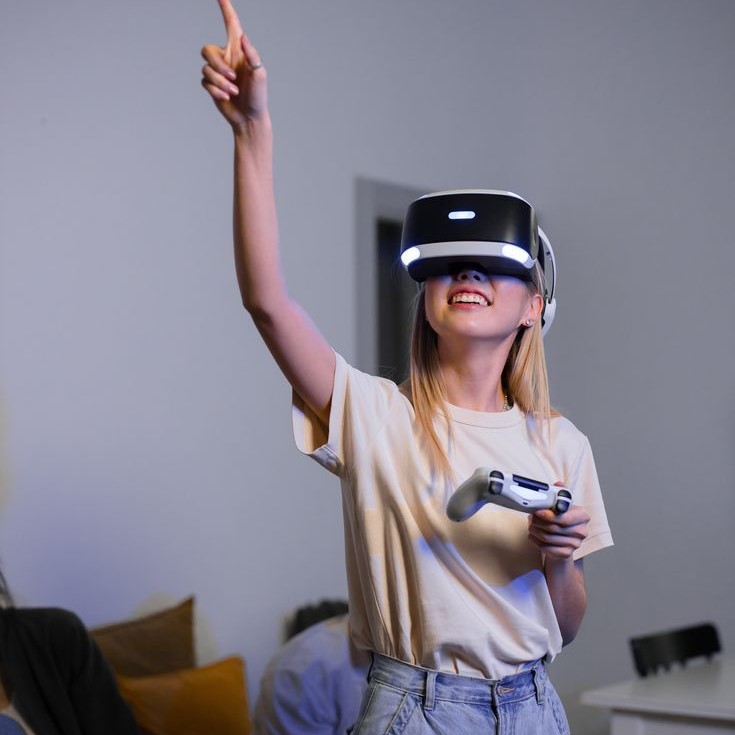
Educational Benefits
Virtual Field Trips: Expanding Horizons Without Leaving Home
One of the most exciting educational benefits of VR headsets is the ability to take virtual field trips. Children can explore world-class museums, historical landmarks, and natural wonders from anywhere in the world. For instance, they can “walk” through the Louvre, stand atop the Great Wall of China, or dive into the depths of the ocean—all without leaving their living room. These immersive experiences spark curiosity and deepen understanding by bringing abstract concepts to life, making learning more engaging and memorable.
STEM Learning: Bridging Theory with Practice
VR headsets offer a hands-on approach to STEM (Science, Technology, Engineering, and Mathematics) education. Kids can conduct physics experiments, design engineering projects, or even learn coding within a secure virtual environment. For example, they might simulate building bridges or testing chemical reactions without the risks associated with real-world labs. Interactive lessons break down complex concepts into manageable, experiential steps, helping students grasp difficult ideas more easily.
Language Development: Immersive Cultural Experiences
Language-learning apps on VR platforms provide an immersive way for children to develop fluency in foreign languages. By placing them directly into realistic cultural settings, these apps accelerate vocabulary acquisition and improve pronunciation skills. Imagine practicing Spanish in a bustling market in Mexico or conversing with virtual locals in Paris. This contextualized learning fosters not only linguistic proficiency but also cultural awareness and empathy.
Creative Expression: Unleashing Artistic Potential
Platforms like VR painting or music creation allow children to express themselves artistically while developing fine motor skills. Using intuitive tools, kids can paint three-dimensional masterpieces, compose original music, or design intricate sculptures—all through gestures and movements that mimic traditional art forms. This creative outlet encourages innovation and problem-solving, as well as enhancing hand-eye coordination and spatial reasoning.
Social-Emotional Learning: Building Empathy Through Role-Playing
Beyond academics, VR headsets for kids promote social-emotional growth by enabling role-playing scenarios. Children can step into someone else’s shoes, experiencing different perspectives and challenges. For example, they might simulate life as a firefighter, astronaut, or marine biologist, fostering empathy and teamwork. These interactive stories help build resilience, emotional intelligence, and interpersonal skills, preparing kids for real-world interactions.
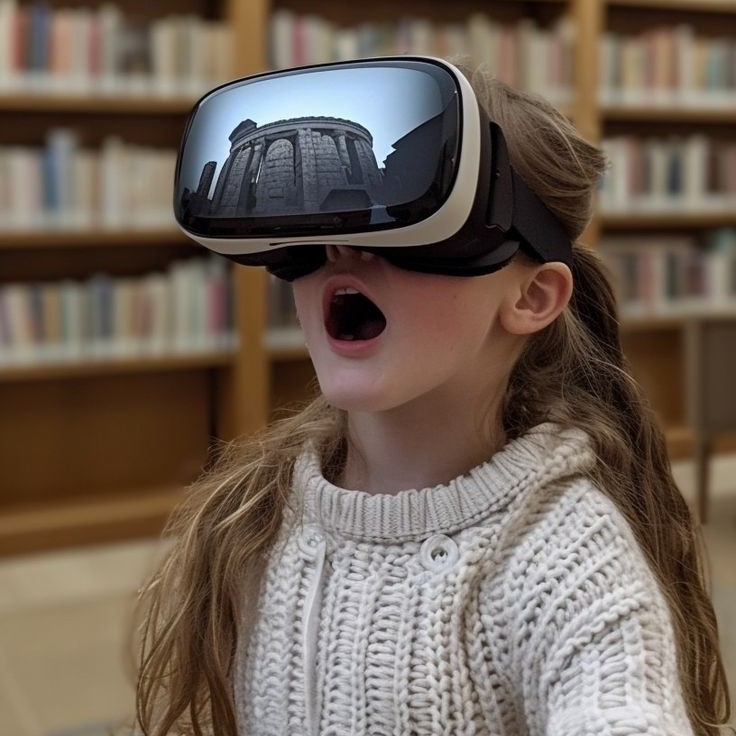
Problem-Solving Skills: Gamified Challenges
Many VR games incorporate puzzles, quests, and challenges that require critical thinking and logical reasoning. Solving mysteries, navigating mazes, or completing multi-step tasks enhances cognitive abilities and teaches perseverance. The gamified nature of these activities keeps children motivated while honing essential problem-solving skills applicable across various subjects.
Transforming Screen Time into Productive Learning
By integrating these educational elements, VR headset for kids transform screen time into meaningful, productive learning experiences. Parents and educators can align VR content with academic goals, ensuring that playtime contributes to intellectual and personal development. Whether exploring distant galaxies, mastering algebraic equations, or collaborating virtually with peers, VR technology opens doors to endless possibilities, empowering children to become lifelong learners.
Incorporating VR headsets into daily routines offers a balanced blend of entertainment and education, creating opportunities for growth, discovery, and creativity that align seamlessly with modern academic objectives.
Popular VR Games and Activities Designed for Children
The variety of VR games and activities available ensures there’s something for everyone:
- Adventure Games: Titles featuring exploration, puzzles, and storytelling captivate young imaginations. Examples include treasure hunts or magical quests.
- Sports Simulations: Virtual sports games teach coordination and teamwork while allowing kids to try activities they might not otherwise experience.
- Animal Encounters: Apps simulating wildlife interactions bring animals closer to home, fostering appreciation for nature.
- Artistic Creations: Tools enabling drawing, sculpting, or designing in 3D space inspire artistic talents early on.
These diverse options keep kids engaged while encouraging growth across multiple domains.

Addressing Common Concerns
Parents often raise questions regarding potential drawbacks of VR headsets. Below are answers addressing common concerns:
- Eye Strain: Modern VR headsets feature anti-glare screens and blue light filters to minimize strain during extended use. Adjusting focus distances further protects vision.
- Motion Sickness: Starting with short sessions and selecting stable, low-motion content reduces chances of discomfort. Gradual exposure builds tolerance effectively.
- Cost Considerations: Affordable yet reliable options exist, balancing budget constraints with quality performance. Researching reviews helps identify cost-effective choices.
- Social Interaction: Combining VR play with group activities promotes balance between solo immersion and shared experiences. Multiplayer modes enhance social engagement digitally.
Clearing doubts empowers parents to make informed decisions confidently.
Tips for Maximizing Your Child’s VR Experience
To get the most out of a VR headset for kids, follow these practical suggestions:
- Set Up a Safe Space: Clear cluttered areas before play to prevent accidents caused by enthusiastic movements. Mark boundaries if necessary.
- Explore Together: Join your child during initial sessions to guide them through menus and demonstrate proper usage techniques. Shared moments strengthen bonds too.
- Update Regularly: Keep software updated to access new features, improve performance, and address security concerns promptly. Updates often enhance user experience significantly.
- Balance Usage: Encourage alternating VR play with outdoor activities or other hobbies to maintain holistic development.
Proactive measures ensure long-term satisfaction and value from your investment.
Future Trends in Kid-Friendly VR Technology
As innovation progresses, expect even more impressive developments in VR headsets for kids:
- Wireless Connectivity: Eliminating cords enhances mobility and convenience, making gameplay smoother and safer.
- Higher Resolution Displays: Improved visuals reduce pixelation, creating clearer images that appeal to growing eyes.
- AI Integration: Artificial intelligence tailors experiences dynamically based on individual preferences and progress levels.
- Eco-Friendly Materials: Sustainable manufacturing practices reduce environmental impact while producing durable, reusable components.
Staying updated on emerging trends keeps you ahead of the curve when selecting future-proof tech for your child.
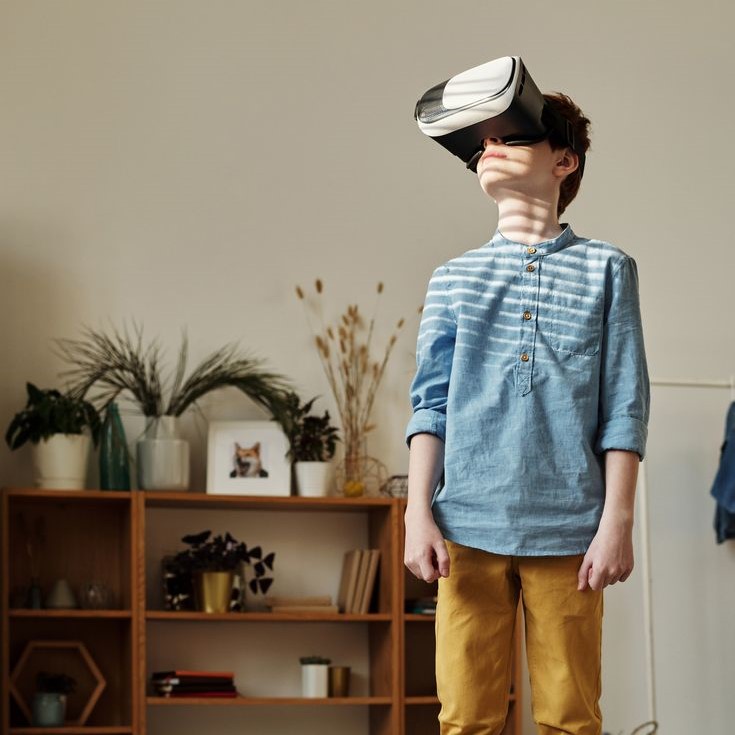
Conclusion
In summary, a VR headset for kids offers endless possibilities for fun, learning, and creativity. By focusing on comfort, safety, and educational value, parents can introduce cutting-edge technology responsibly. Whether embarking on intergalactic journeys or mastering math problems virtually, these devices enrich lives meaningfully.
Embrace the future of play by investing in high-quality VR headsets designed specifically for children. Create unforgettable memories together while nurturing minds ready for tomorrow’s challenges.

